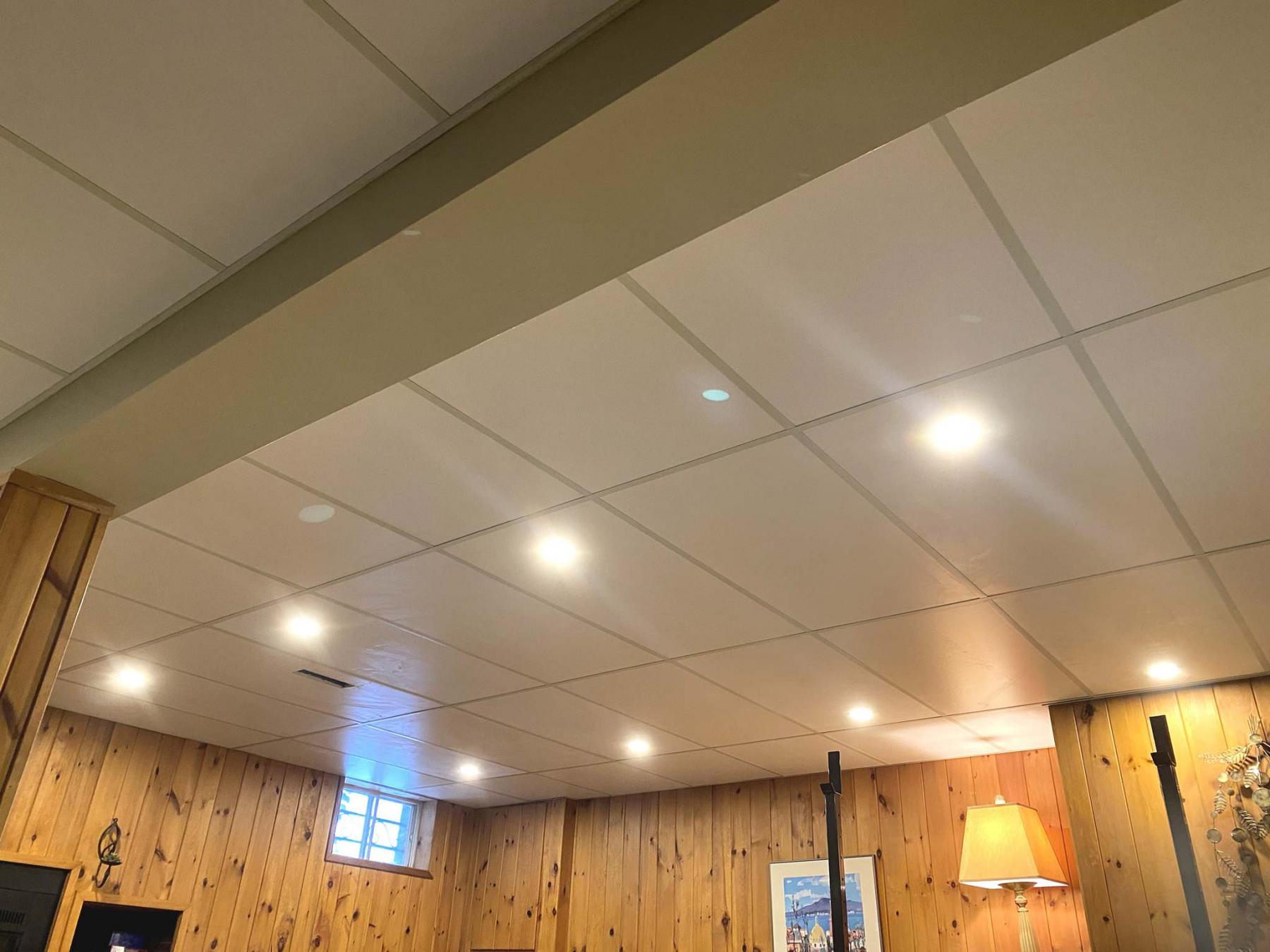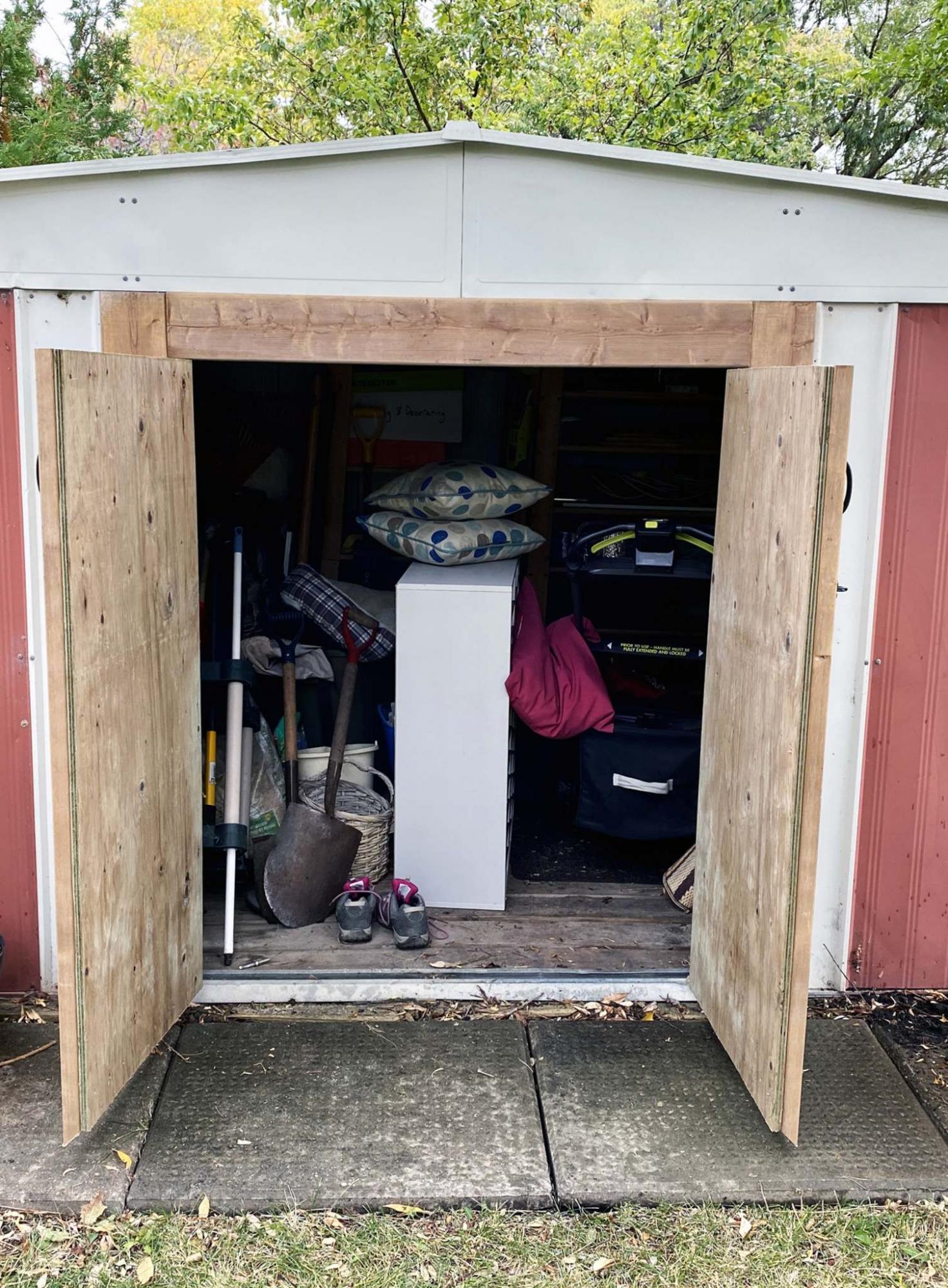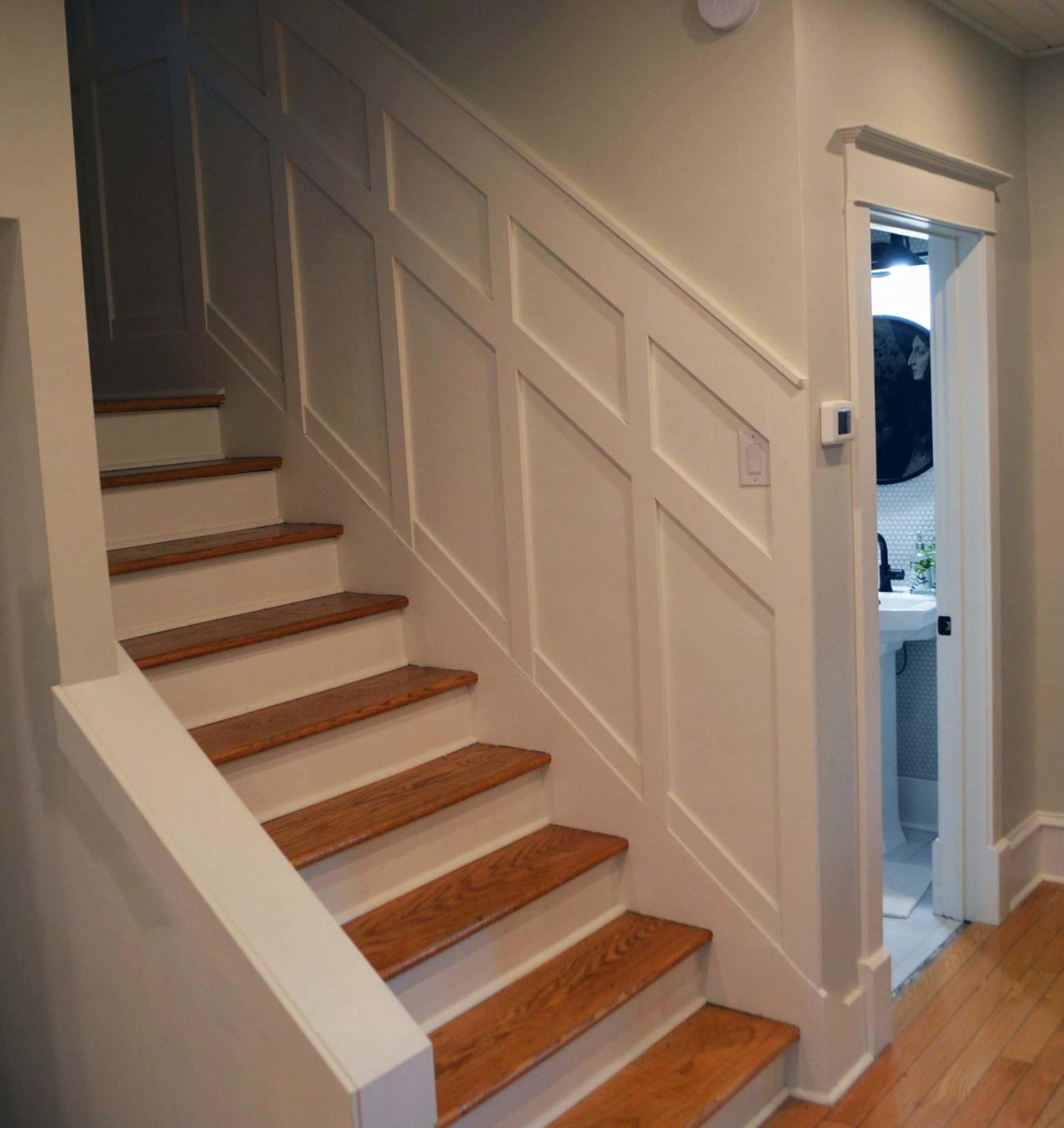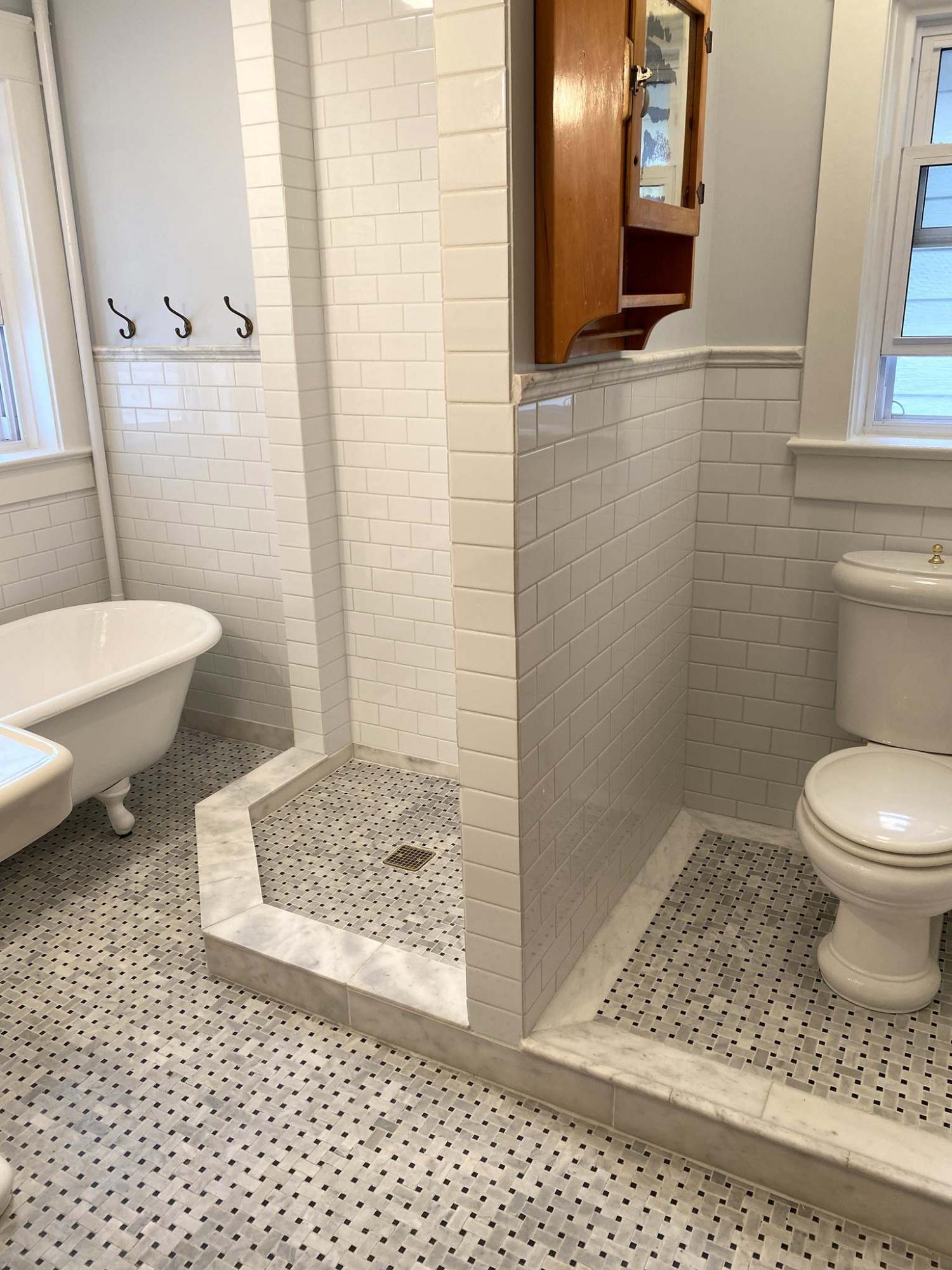Renovation & Design
Renovation & Design
Try hydrogen peroxide to remove pesky stain
Question: A small kitchen mat that had a black cloth border on the bottom got wet when cleaning the floor and transferred the black dye into the beige vinyl flooring. I have tried everything I can think of (vinegar, bleach, solvents, laundry soaps and stain removers) to try to lift it or at least lighten it to no avail. Henry
Answer: Since the dye has become part of the vinyl, anything you apply to the flooring may destroy or at least discolour the vinyl. You need a product that will seep into the textile without ruining it. Vinegar does not contain a bleaching agent and will therefore not be effective. Soak the area with three per cent hydrogen peroxide, every day for several days. Take note of whether the area lightens, as you do not want a large white/yellow patch on your floor, so a little whitening at a time is ideal. Last resort is to use the Rit dye remover according to the instructions on the box.
Question: Our boat was stored over the winter, and mould developed quite badly on the carpet and the vinyl seats. Concrobium Mold Control was recommended, and it did remove a lot of the staining, and a light coat of it should protect it from further mould. Is this a product you would recommend? Do you have other suggestions? Thanks so much. Carol
Answer: Regarding the vinyl seats, I have never used or heard of Concrobium Mold Control, but the fact that it is working is cause to continue use. It may require several applications to clear the stains completely. You can also attempt to erase the marks using an art eraser, or apply mineral spirits or WD-40, these products that have had great success.
Question: Part of my grocery bill each week is spent on premium orange juice. So, I want to confirm that 100 per cent orange juice is made with oranges alone because the carton says, "never any water or sugar added." Is there anything at all added to the oranges? Norman
Answer: While many orange juice cartons/bottles claim to be 100 per cent pure premium orange juice, manufacturers often add a chemical flavouring compound known as ethyl butyrate to orange juice to enhance the flavour. The easiest observation of this may be done with your own simple experiment. Squeeze enough oranges into a cup to give yourself a few sips. Next pour yourself a cup of your favourite store-bought orange juice. Smell the difference? When flavour packs are added to "fresh" orange juice, it gives consumers the illusion the oranges are freshly squeezed. When compared side by side, most people notice a difference between fresh and store-bought juice.
Note: Every user assumes all risks of injury or damage resulting from the implementation of any suggestions in this column. Test all products on an inconspicuous area first.
Have a great suggestion or tip? Please send an email: info@reena.ca
Renovation & Design
Take caution when storing potentially harmful materials
Question: I read an article you wrote answering a question about insulation from 2011. I was wondering if you had a minute to give a stranger some input. I am an artist that uses Styrofoam boards for my projects, both extruded and expanded polystyrene. I recently moved to a studio apartment with little storage, so I have been keeping the panels under my bed. To your knowledge is this unwise or dangerous? I can’t seem to find answers online. I’m worried I may be compromising my health.
Thank you, N. Neeman.
Answer: There are many types of building materials in our homes that may pose a health concern of some sort, but some only to susceptible individuals. As long as you are a generally healthy person, with no known chemical sensitivities, the polystyrene insulation should pose little risk, as long as it does not burn.
Your question is quite unusual in nature, but one that may be of interest to many other people, especially if they use polystyrene insulation for their work, as you do. The thing I don’t understand is why you are concerned about the storage of this plastic insulation, while you are using it daily in your art work? If you are exposed to this material daily, often cutting, painting, or otherwise manipulating it for your art, does that not pose a greater potential exposure than when the material is laying untouched under your bed? I suppose you will spend more time sleeping with the foam sheathing in that location than working directly with it in your home or studio, but otherwise there should be little difference. So, my first suggestion is that if it does not cause you any health issues or harm working with it, then it should be fine to store it anywhere you want, even under your bed.
Extruded and expanded polystyrene rigid foam sheets have been in use for insulation in homes and other buildings for as long as I can remember. When I was a teenager, working evenings and Saturdays at a local building supply retailer, I remember loading this product onto lumber carts and into vehicles for customers. It often had a moderate plastic odour, but otherwise appeared to be quite benign, even when cut with a utility knife. I would expect that if this material was truly harmful to a significant number of people, there would have been class-action lawsuits, or other information on safety hazards, long ago. The only well-known concern with this type of plastic sheathing is that it will give off toxic fumes when it burns. For that reason, it should be covered with a fire-resistant sheathing when used for insulation in buildings.
There are likely many other plastics in your home that have somewhat similar chemical composition to this material. They may not be exactly the same polymers, but as long as they are not visibly deteriorating, they are usually very stable compounds. Their lack of deterioration is one of the most useful properties of these products. The only concern I would have with any petroleum byproduct in the living space is off-gassing of potentially harmful chemicals into the air. This can occur with products like cleaning solutions, paint thinners, inks, gasoline, and various other products. These have known high volatility and breathing in large quantities can be harmful. Many rigid or semi-rigid plastics may off-gas potentially harmful chemicals after initial production, but that normally will lessen the longer the product is away from the manufacturing facility. So, it stands to reason, if this material would pose a hazard simply by being present in your bedroom, you would also have to suspect the plastic lamp on your night table, the comb, hairbrush, toothbrush, hand lotion bottle, hairdryer, and makeup containers in the same space. This list may be almost endless when you actually start looking at all the plastic products that are in daily use within your home.
The last item to consider is whether you have allergies to various known items, especially a sensitivity to any chemicals. There are people who develop serious health issues when they come in contact with numerous types of chemical products, often with unknown causes. This can include sensitivity to plastics, paint, moulds, fungi, and other common household materials. Otherwise, allergies to certain foods, asthma, bee stings, yeasts, gluten, may also make one more cautious. If you don’t fall into any of these categories of individuals, then you should have little to worry about.
One precaution you may want to take is to ensure the foam sheets are prevented from coming into contact with anything that would cause melting or other forms of combustion. This means keeping it away from baseboard heaters, electrical cords and appliances, candles, smoking accessories, or anything else that would cause a fire. A good idea might be to build a box lined with drywall or cement board sheathing to store the rigid foam inside. Because this material is very light you could simply leave the box under the bed and slide the individual sheets in and out from a hinged side, or other removable covering, when needed.
Taking precautions to prevent harmful material storage in your living space is a good idea, but worrying about health issues related to the polystyrene sheets stored under your bed may be unwarranted. If you don’t have any known allergies or sensitivities to similar materials or products, protecting the insulation boards from catching fire should be your only concern.
Ari Marantz is the owner of Trained Eye Home Inspection Ltd. and the past president of the Canadian Association of Home & Property Inspectors — Manitoba (cahpi.mb.ca). Questions can be emailed to the address below. Ari can be reached at 204-291-5358 or check out his website at trainedeye.ca.
trainedeye@iname.com









